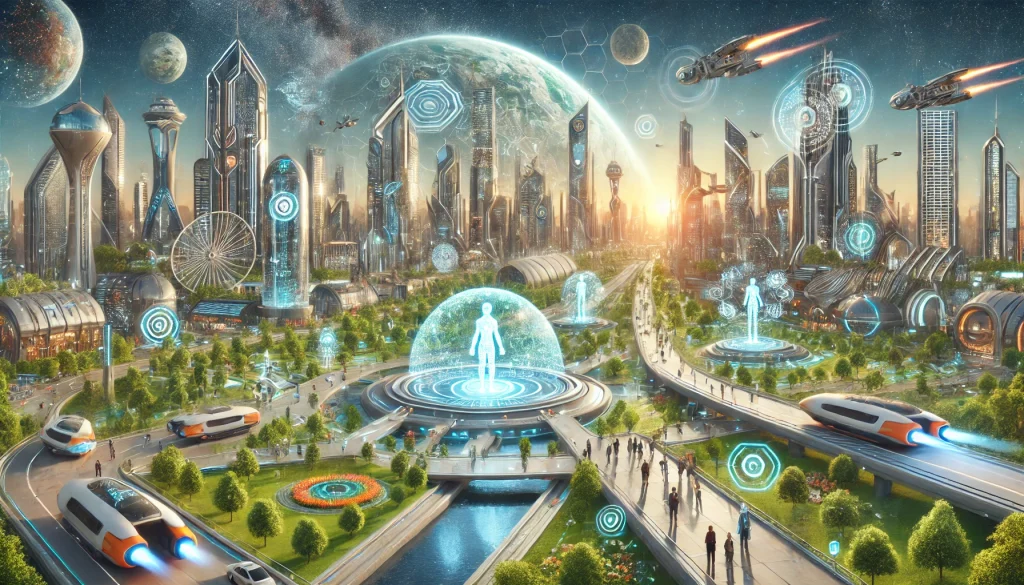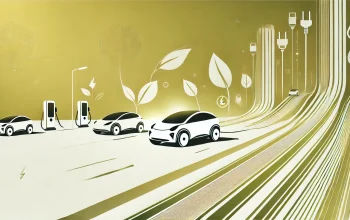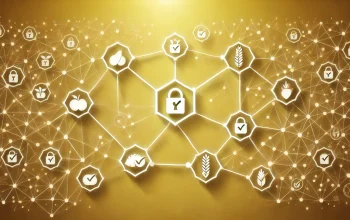The Year 5000: A Futuristic Journey into Technology, Society, and Space Exploration

The future has always been a source of fascination for humanity. As we look to the year 5000, a time so distant it’s hard to fully comprehend, we can imagine technological advancements, societal transformations, and changes in the environment that reshape the very fabric of human existence. Through the lens of ChatGPT’s imagination, this article explores what the world might look like in the year 5000, blending fact, speculation, and the limitless possibilities of artificial intelligence.
Table of Contents
Technological Advancements
By the year 5000, technology will likely have progressed far beyond what we currently know. Consider the exponential rate at which technological innovations have developed over the past century. Now project that 3,000 years into the future, and it becomes clear that today’s advancements in AI, quantum computing, biotechnology, and space exploration are merely the seeds of what’s to come.
Artificial Superintelligence
In the world of 5000, artificial intelligence will have evolved into something we can barely recognize today. Artificial Superintelligence (ASI) would be a reality—an entity far beyond human comprehension, capable of solving problems, creating solutions, and innovating at speeds humans cannot match. ASI could govern industries, create new fields of study, and potentially even manage human societies, ensuring the best possible outcomes for every individual.
But this raises questions about control. Will humans still be in charge? The relationship between humans and machines could become symbiotic, with ASI assisting humanity in ways that enhance creativity, longevity, and well-being. It might handle everything from managing cities to predicting natural disasters, offering solutions in ways that prevent human error. In this future, AI could serve as our guide and protector.
Nanotechnology and Bioengineering
Nanotechnology and bioengineering will likely advance to the point where diseases and aging could be eradicated entirely. Imagine a world where humans are no longer bound by the limitations of their biological bodies. Nanobots—microscopic machines—could be injected into the bloodstream to repair damaged tissues, fight off pathogens, and enhance physical and cognitive abilities.
Humans in the year 5000 may have transcended biological mortality through bioengineering and consciousness uploading. If scientists can map the brain’s intricate structure and replicate it digitally, it’s conceivable that human minds could be transferred into artificial bodies or digital environments, allowing individuals to live indefinitely.
Space Colonization and Exploration
In the year 5000, humans will have expanded their reach far beyond Earth. Interstellar travel, a concept that is still largely theoretical today, may become routine. The colonization of other planets and moons could have been achieved thousands of years earlier, making humanity a multi-planetary species. Advanced propulsion systems, wormhole travel, or other yet undiscovered technologies may enable humans to traverse the universe and explore distant galaxies.
Earth might still serve as the cultural and historical center of humanity, but life may have spread to planets orbiting other stars. Colonies could be scattered across the Milky Way, each with its unique environment, governance, and culture. This diversification could lead to the evolution of new forms of society, language, and even human physiology.
Environmental Shifts
As we look 3,000 years into the future, the Earth itself will have undergone massive changes. The environmental challenges of the 21st century, such as climate change and habitat destruction, will have shaped the planet in ways that are difficult to predict. However, by the year 5000, humanity will likely have developed solutions to these problems—or adapted in unforeseen ways.
Climate Control Technology
One optimistic view is that humanity will have developed advanced climate control technologies. These systems would allow us to manipulate weather patterns, control sea levels, and restore ecosystems that have been damaged by centuries of industrial activity. By the year 5000, deserts could be fertile, polar ice caps restored, and biodiversity thriving.
On the other hand, there’s the possibility that Earth may become less hospitable for humans, forcing society to relocate to artificial habitats such as space stations or underground cities. These environments, controlled by advanced technologies, could allow humans to continue thriving even if the natural world becomes less supportive of life as we know it.
Synthetic Ecosystems
In the year 5000, synthetic ecosystems may replace many of the natural ones that have been lost. Using AI, nanotechnology, and biotechnology, humans could create entirely new environments that mimic the processes of nature but are optimized for human use and environmental sustainability. These synthetic ecosystems could exist not only on Earth but also on other planets, moons, or artificial habitats.
The concept of geoengineering—deliberate large-scale interventions in Earth’s climate system—could also come into full swing. Technological solutions such as atmospheric scrubbers to remove excess carbon dioxide or orbital sunshades to cool the planet might be commonplace, ensuring a stable environment for future generations.
Societal and Cultural Evolution
By the year 5000, society and culture will have undergone a profound transformation. The pace of change will be driven by the merging of human and machine, the spread of humanity across the universe, and the evolution of new technologies that challenge our very understanding of identity, community, and culture.
Post-Singularity Society
The idea of the technological singularity, a point where artificial intelligence surpasses human intelligence, is widely speculated to occur much sooner than the year 5000. By then, society may have reached what is known as a “post-singularity” state. In such a society, the traditional structures of governance, economy, and even personal identity may be radically different.
In a world where minds can be uploaded and stored digitally, individuals may choose to exist in entirely virtual environments. The concept of physical space and time may no longer apply to many aspects of daily life. Work, entertainment, and relationships could all be conducted in vast, simulated realities, each tailored to the desires and needs of its inhabitants.
These virtual worlds could allow people to explore alternate forms of existence, where physical bodies are irrelevant and new forms of social interaction emerge. However, with this freedom comes the question of what it means to be “human” in a world where biology is no longer a defining characteristic.
Global Governance and Unity
In the year 5000, humanity may have achieved a form of global governance, uniting disparate nations and cultures under a single, cooperative entity. This might have been driven by the need to address global challenges such as climate change, space exploration, and resource management. However, the structure of this governance may not resemble the centralized governments of today. Instead, it could be decentralized, with power distributed across AI-managed systems designed to balance the needs of individuals and the collective.
Alternatively, humanity could have fractured into numerous subgroups, each adopting its unique technologies, social norms, and ethical frameworks. The decentralization of society may allow for greater diversity, with each community governing itself according to its values, potentially creating a more harmonious world where people choose their preferred way of life.
Cultural Renaissance
As humans spread across the stars, culture, and art will evolve in unprecedented ways. The limits of human creativity will expand, driven by the incorporation of AI and other technologies into artistic expression. In this future, art may no longer be limited to the physical or visual realm. Instead, it could encompass entirely new forms of immersive, sensory-rich experiences that engage the mind and body in ways we can’t yet imagine.
Music, painting, and literature may be composed and experienced in ways that blend the physical and digital worlds. Virtual reality and brain-computer interfaces might allow individuals to directly experience the emotions, thoughts, and sensations of others, fostering a deeper understanding of the human experience.
Conclusion: Imagining the Year 5000
While the future is impossible to predict with certainty, imagining the world of 5000 allows us to explore the possibilities of human potential. Through advances in AI, nanotechnology, space exploration, and societal transformation, humanity may evolve into a species that transcends its biological origins, capable of shaping the universe in ways we can only dream of today.
The challenges we face—environmental degradation, inequality, and the limitations of our current technology—serve as the foundation for a future that could be both awe-inspiring and transformative. As we look forward to the year 5000, we can imagine a world where the boundaries of possibility are continually redefined, where humanity thrives not just on Earth but across the stars.


